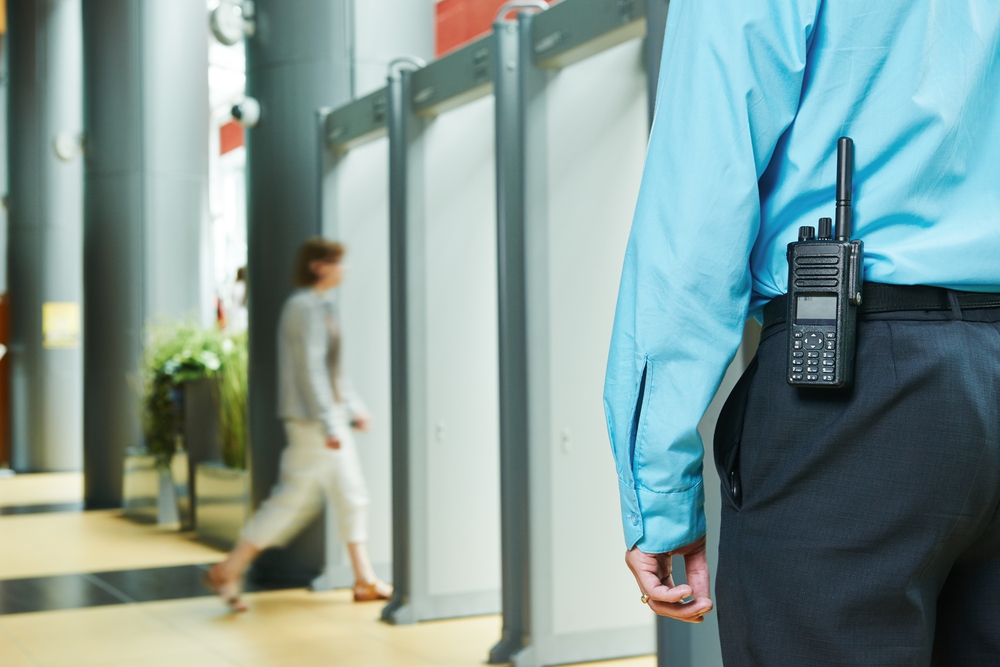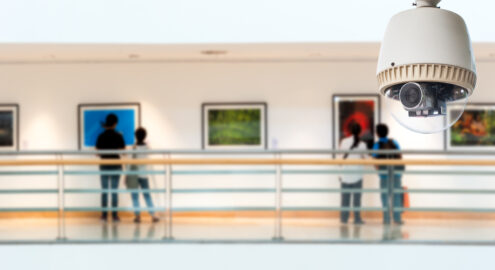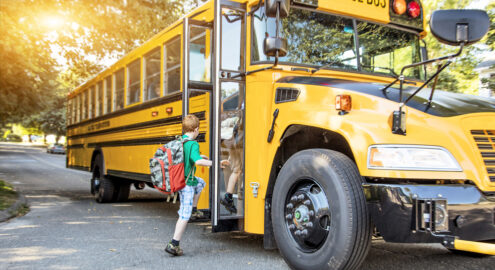Business Development | Risk
Ask the Expert: Why One Bank Stopped Using Guards

Many banks hire uniformed security guards to deter robberies and stop criminals, but bank robberies have been on the rise in recent years. In 2009, the FBI created an alternative method to reduce bank robbery occurrences. But is it the right solution?
Operation SafeCatch uses trained bank employees who are taught to spot suspicious customers. Before a robbery occurs, the employee proactively greets the suspicious person in a friendly manner. The idea is that the engagement is enough to make the robber head for the door. According to the FBI, the program has decreased bank robberies by 51 percent in areas where it is used.
The principle makes sense for deterring timid robbers, but what about career criminals or people who aren’t in their right minds? A 51 percent drop is impressive, but there’s a flaw that could seriously endanger the people you are trying to protect: the SafeCatch program doesn’t account for the severity of an occurrence. SafeCatch requires putting a human in harm’s way by actively entering a potentially violent scenario. That increases the potential severity of the outcome. But there’s a third option.
Recently, a representative from a bank in Michigan spoke to my class at Michigan State University about their unique approach to robberies: no guards of any kind. In fact, they create a barrier-free environment to allow perpetrators to rob the bank and leave peaceably.
Why would a bank do something like this? Let’s explore the rationale.
What’s Worse Than a Bank Robbery?
This bank takes a very interesting approach to risk analysis, and it’s similar to my own. They believe that it’s worse to suffer a violent attack than to let your money go. A barrier-free environment allows the criminal to get what they want and walk away. Most bank robbers don’t have any interest in harming anyone, so eliminating the barriers helps ensure that the only thing the bank loses is their cash.
When you have a guard or a greeter, you risk escalating the situation during a robbery. Even if no one is harmed, their presence could create a hostage situation, rather than simply taking money. If you involve a person, you’re introducing an unknown number of variables that could alter the outcome of the scenario in unpredictable ways.
Severity Trumps Probability
Let’s take a moment to breakdown probability and severity. By putting a guard on duty, it would likely reduce the probability of a robbery. But it could also increase the severity—including injury, loss of life, brand damage, reduced business, increased fear, emotional and psychological harm, and increased employee turnover. It also increases the time your branch is closed during a police investigation.
When you do a risk analysis and put countermeasures in place, you have to identify whether the countermeasure will increase the probability and/or the severity. The goal is to decrease both. If the countermeasure potentially increases one or both of them, then it’s may not be a useful strategy.
It’s Just Money
Remember, if a bank’s money is taken, it’s federally insured. The money can easily be replaced, and the bank continues to stay in business.
Losing money is less costly than losing human life or brand reputation, so this bank’s policy is, “If you want the money, you go in and you ask.” They give it to you and you walk right out. They don’t even sound the alarm until you’re gone.
When you do a risk analysis, you don’t want to put people in harm’s way when the asset itself (money) is of lesser value. It would be different if the scenario inherently risked lives—for example, a nuclear-powered military site.
Handpicked related content: Don’t Stop at the Door—Keep Employees Safe Outside of Work
Security Still Matters
That’s not to say that this bank doesn’t invest in security or capturing criminals. They use security cameras and other deterrence measures, but the focus is on retrospective methods—capturing the criminal after the fact. If you have the proper cameras in place, there’s a good chance you’ll recover the stolen money. Very few bank robberies are successful today.
When implementing your camera strategy, remember you want to get a clear picture of a person’s face. This way you can identify who they are. You also want to make sure that the software you use allows you to easily download a photo or email it to law enforcement so they can use it to find the suspect. Lastly, make sure that you have an excellent outdoor camera, so that you can capture the make and model of the vehicle and the license plate. Purchasing a quality camera system will pay for itself in this situation.
Also remember, there’s a difference between a robbery and an active shooter. In an environment that is more likely to have an active shooter than a robbery, you need to make it possible for people to escape, protect themselves and defend themselves.
What Should YOU Do?
While Operation SafeCatch seems to be reducing the number of bank robberies, it’s important for banks to consider the potential severity of an occurrence. It may be smart to consider implementing a barrier-free environment for people who simply want to commit robbery. After all, it’s just money, and you’re insured.
Have a question or scenario you would like to be answered next month? Email me and submit your question!




